Recommended Reading: Ametora, I Can Make Dolls’ Clothes, and ZW Fashion Design
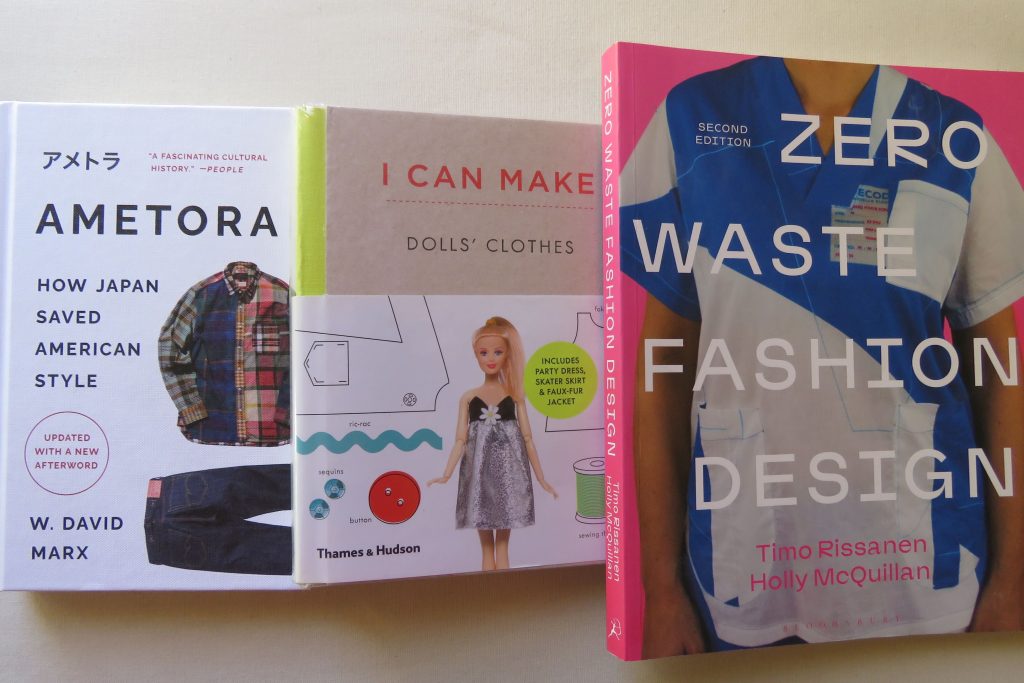
Here are some beaut books I’ve been reading or (in the case of Dolls’ Clothes) rediscovered. They are all very different!
Ametora – How Japan Saved American Style
by W. David Marx (2015, Hatchette, updated with afterword 2023)

I bought this book for Mr H to give me last Christmas, chosen on the strength of Well Dressed Dad‘s book review.
Briefly, it’s a cultural history of American menswear fashion in Japan after WW2. Ametora means American Traditional.
It’s very much a “reading” book, rather than a “looking at” book; it’s almost all text, with a small number of black and white illustrations.
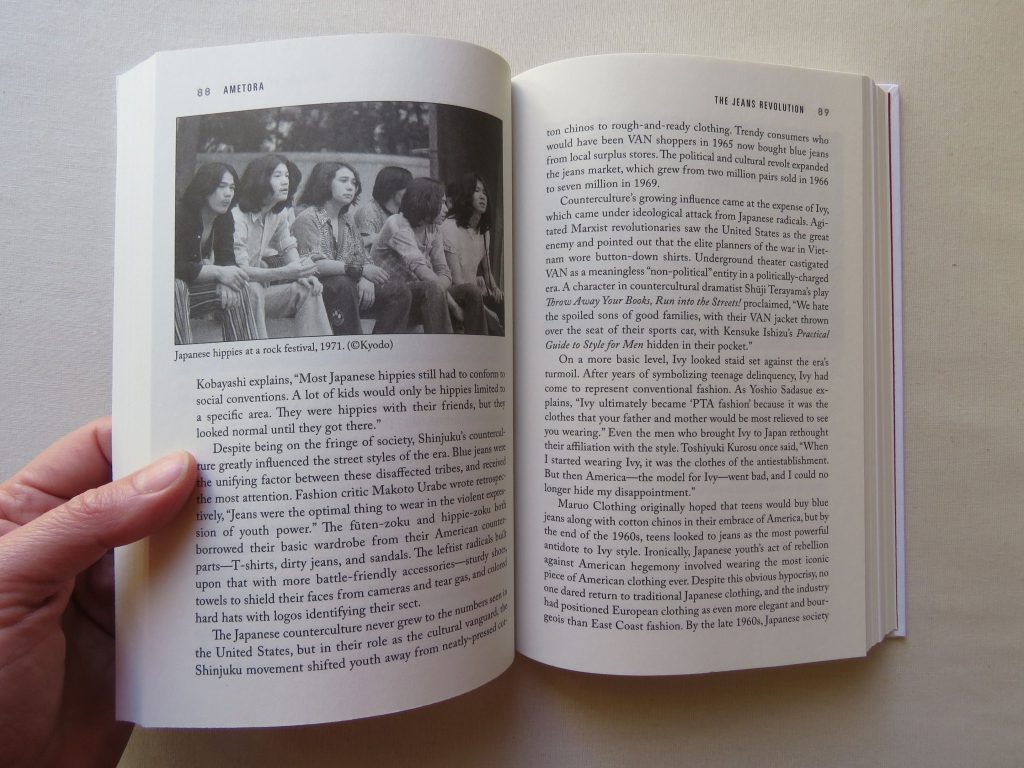
Pre-WW2, Japanese men tended to wear suits (for every occasion, apparently), and teens wore uniforms, and an interest in fashion or being well-dressed was considered un-manly and vain. American culture and clothes arrived with the GIs during the US occupation.
Ametora begins with businessman Kensuke Ishizu (now known as The Godfather of Japanese Prep) deciding to bring American Ivy League style, a hitherto unknown way of dressing, to Japan and sell it to young men.
The story moves onto jeans, which I found to be a really interesting part of the book. At the start, jeans were associated with loose morals and people had reservations about wearing them (as they did with Ivy League). Japan already grew cotton and used indigo dyes, but struggled to produce jeans like the Americans. They initially ended up importing fabric, thread, metal zips, rivets, and heavy-duty sewing machines in an effort to replicate them. The jeans needed to be washed, because no-one wanted new-looking jeans; they preferred worn-in jeans and appreciated the patina of age. By the 1970s, however, the Japanese manufacturers had worked through the issues and fast-forward a few decades were producing the high quality denim jeans Japan is now famous for.
The book moves through Ivy League and jeans, into Heavy Duty (ie American outdoorsy gear), Japanese high fashion such as Yohji Yamamoto, Comme des Garçons etc, 1980s preppy (which was kind of a return to Ivy), 1950s vintage, hip hop streetwear of the 1990s, until things come full circle and Japan exports American clothes to America, with American designers looking to Japan for inspo.
There are interesting themes that come up: Japanese fashion against the backdrop of rebuilding a country. How clothing is attached to culture. How a clothing style takes on its own culture when transplanted to another country. The curious notion of appropriating the clothes of the country you lost a war to. Selling clothes along with lifestyle aspirations. Getting people to understand what you’re selling.
If you’re looking for a page-turner on Japanese culture & fashion, jeans and menswear, I recommend Ametora. An excerpt can be read here.
I Can Make Dolls’ Clothes
by Louise Scott-Smith and Georgia Vaux (2015, Thames and Hudson Ltd)

I Can Make Dolls’ Clothes is a charming little book aimed at age 7+ readers who want to sew Barbie clothes. However, I think that children as young as 4 could use this book with an adult’s help.
I bought this book some years ago for my girls, but they are teens now, and returned the book to me while going through their bookshelves.
The book has full-sized patterns, with fun simple graphics for cutting and sewing. Adults could use this book too.
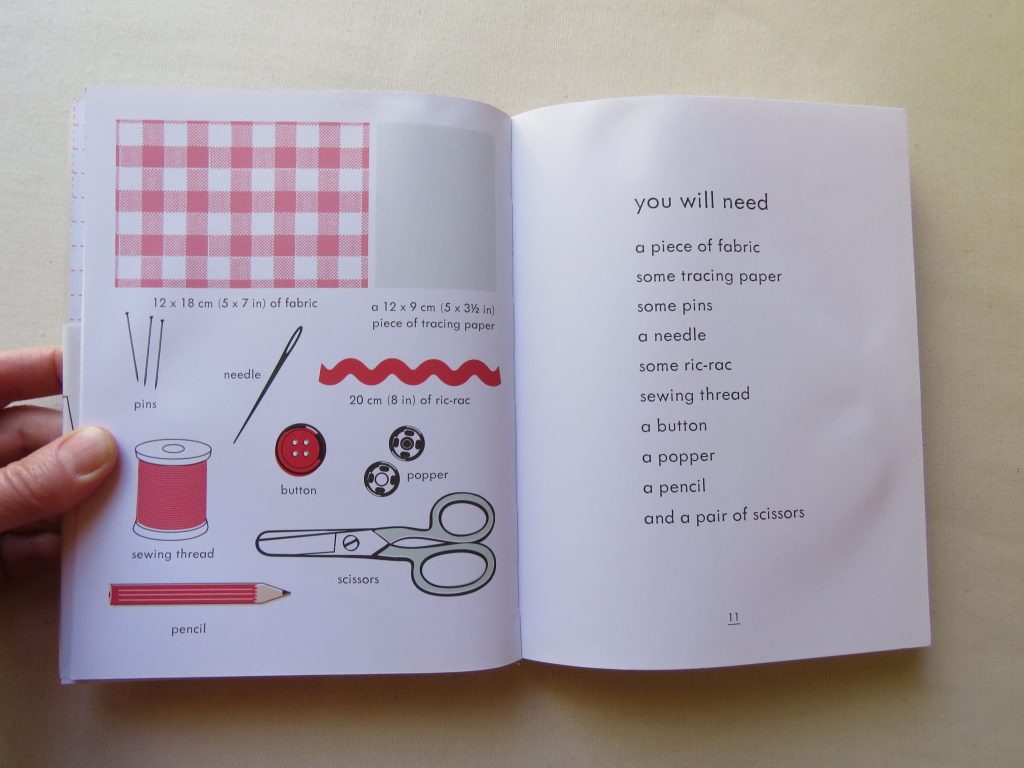
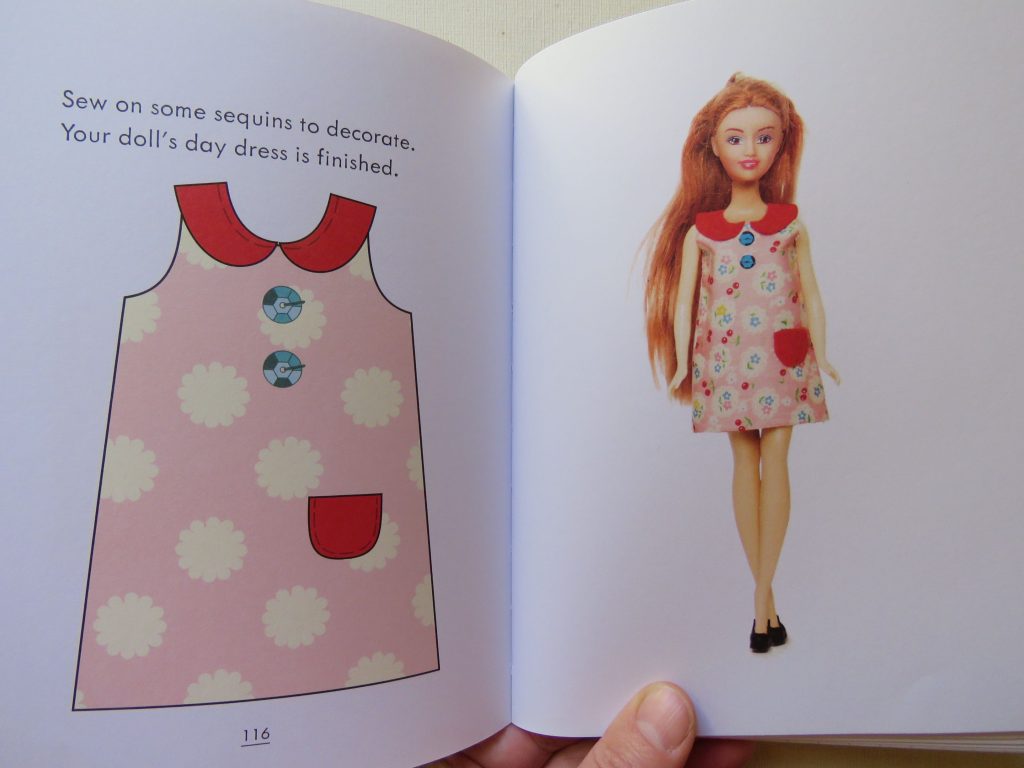
All the dolls photographed in the book are unbranded non-Mattel Barbies, making them look like a diverse group of cool art students!
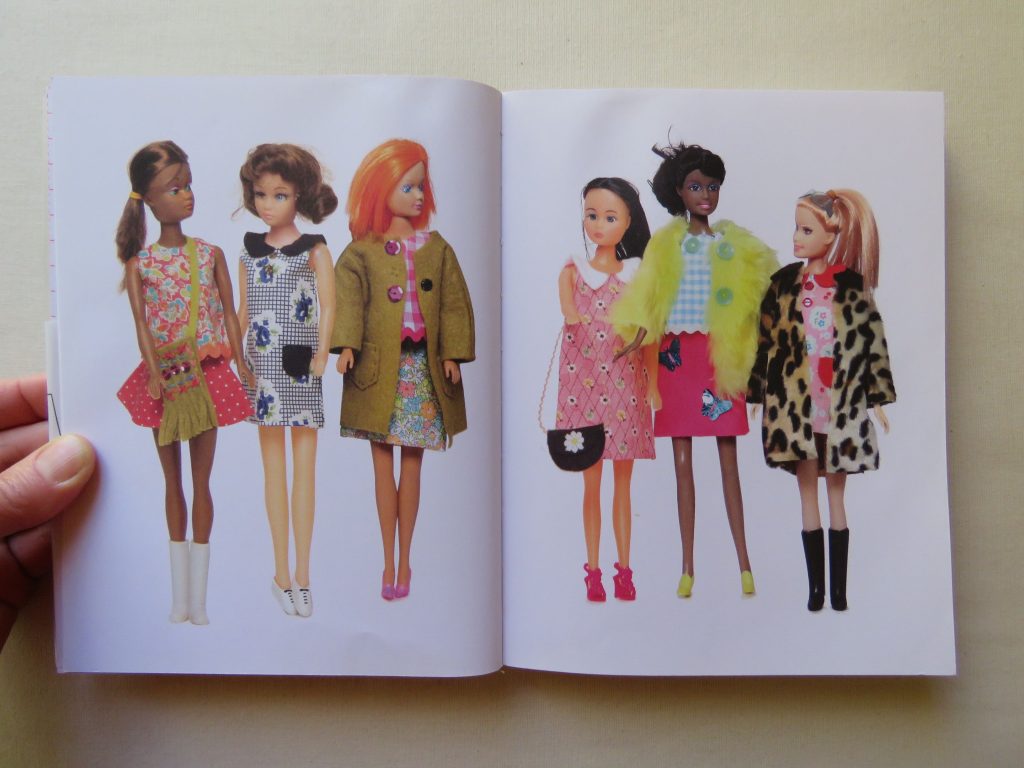
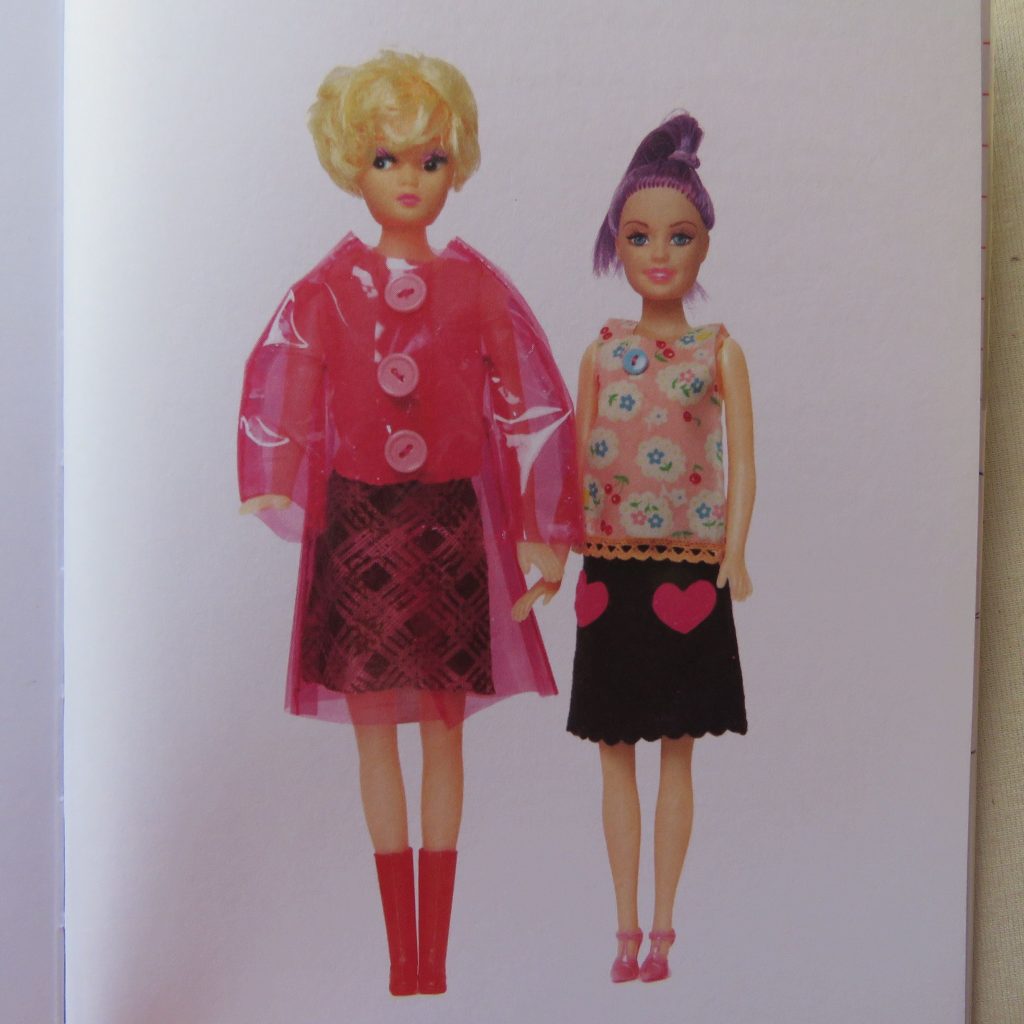
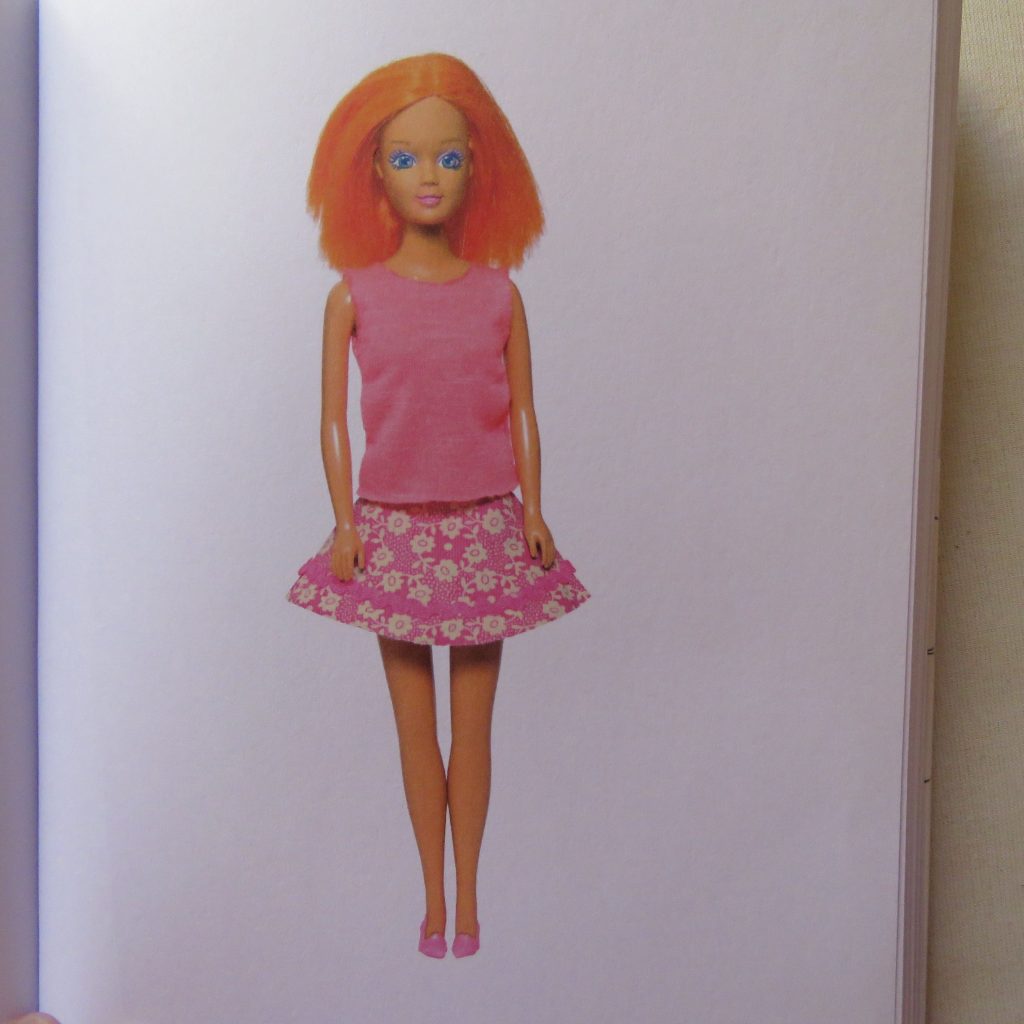
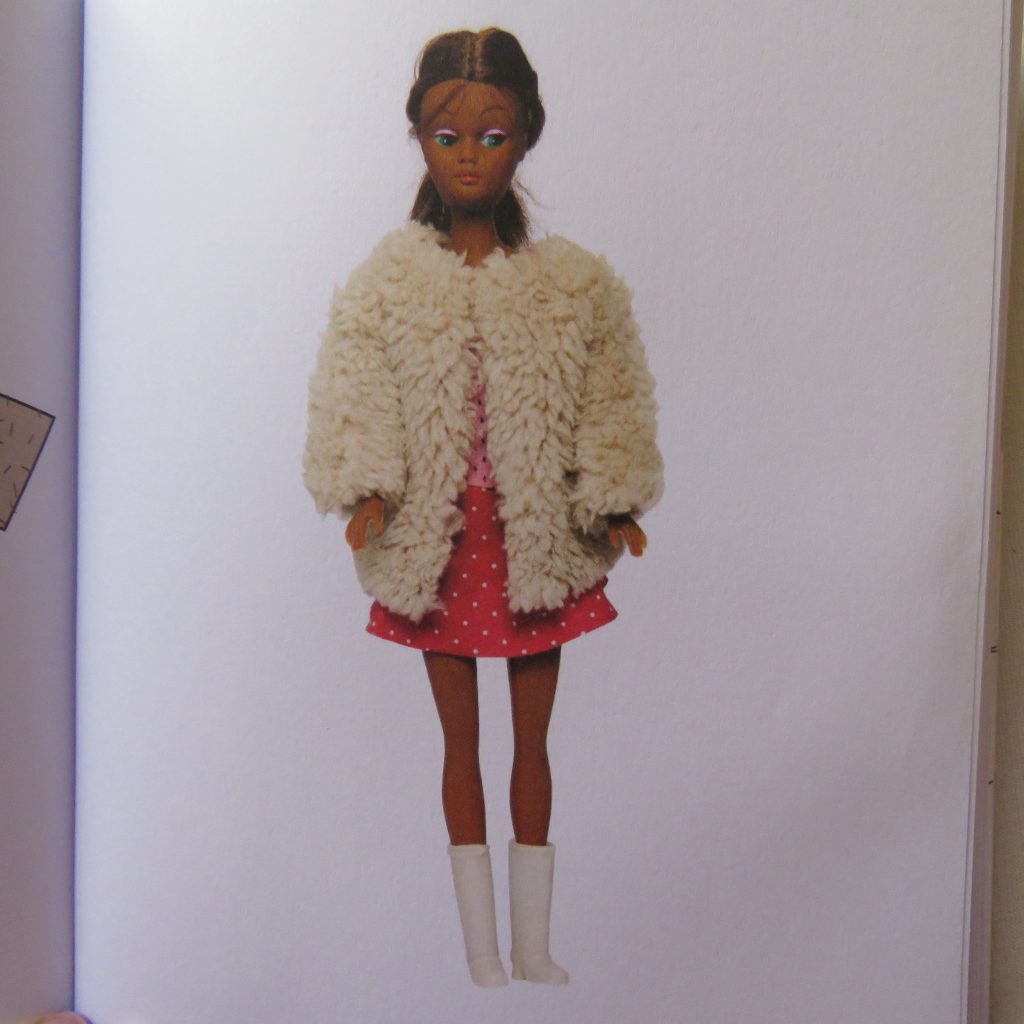
Back when the book was new, we made some of the patterns together, including the dress shown on the front cover.

At the end of the book, there are ideas for changing some of the patterns to create your own designs.
This would be a lovely present along with a little sewing kit, some fabric, trims, a packet of press studs and sewing time with an adult.
Zero Waste Fashion Design – 2nd Edition
By Timo Rissanen and Holly McQuillan (2024, Bloomsbury)
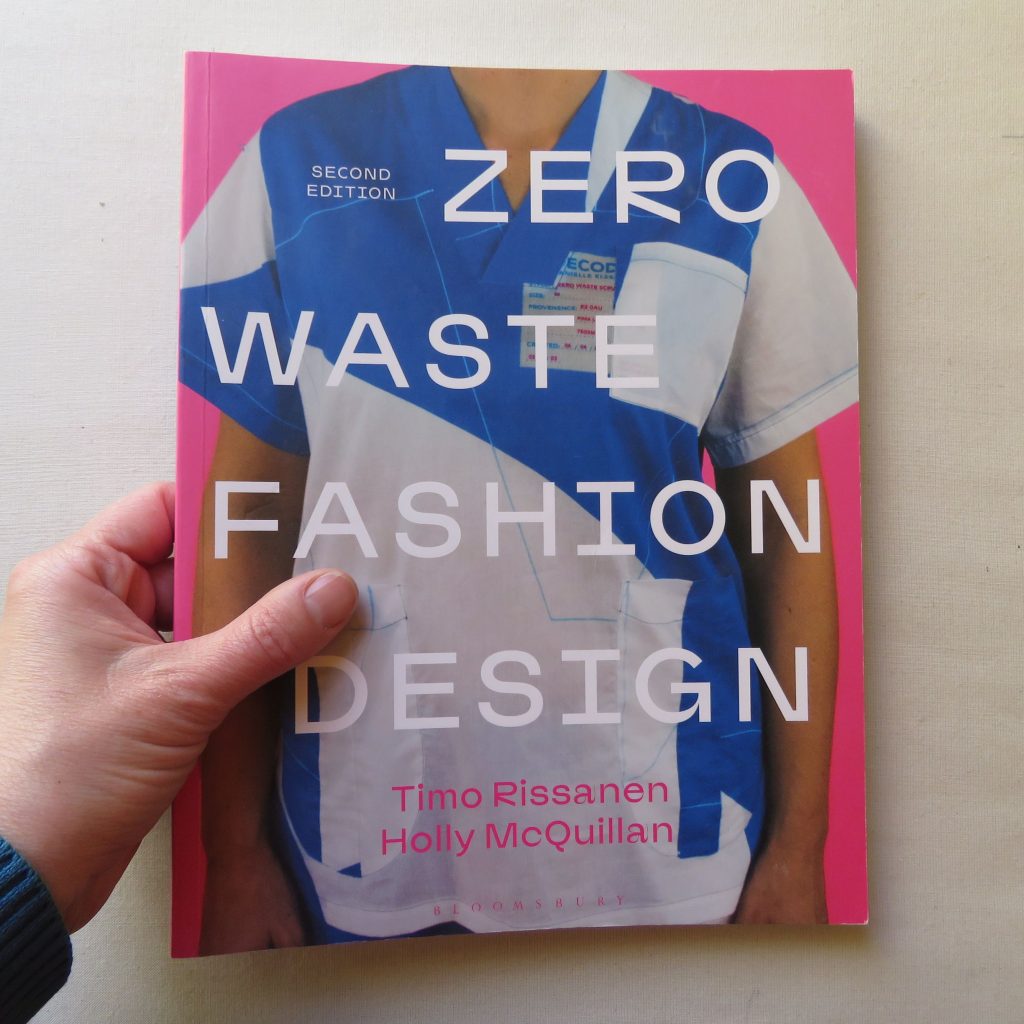
Zero Waste Fashion Design holds a special place in my heart, as back in 2016 it was the book that introduced me (and others) to zero waste patterncutting, changing the course of my professional life.
The second edition has all the best bits of the first, with more about the history of zero waste patterncutting, digital tools for zw design, and some extra interviews with practitioners. The table of contents is here.

The cover photo is of Danielle Elsener’s zero waste scrubs – the free pattern can still be found here.
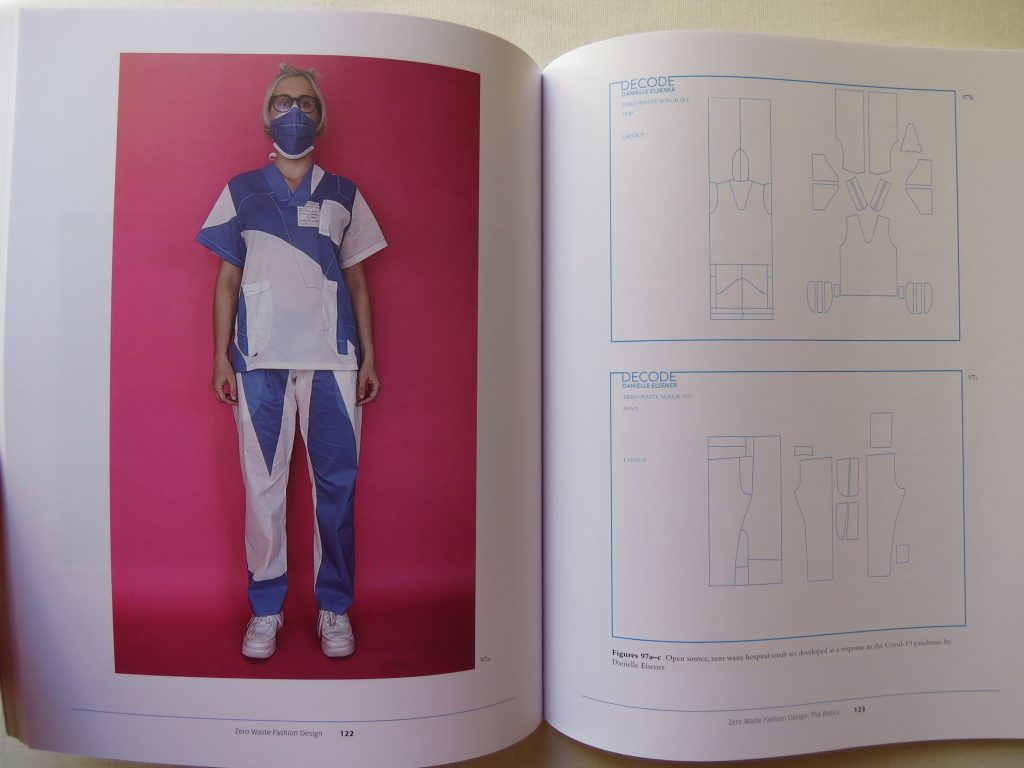
Zero Waste Fashion Design is a textbook designed to give you tools for zero waste patterncutting.
The book opens with an overview of historical and recent-history zero waste fashion design. Following this is the concept of patterncutting as a fashion design tool and creative exercise, featuring interviews with creative patterncutters (not necessarily zero waste).
I’m in this book, by the way! I’m briefly mentioned on page 35, along with other resources for home sewing.
Then: strategies and techniques for zero waste. There are cutting layouts and ideas intended as jumping-off points to design and experiment with. There isn’t a stack of hand-holding with these, but by now most of them have been tried by other people and posted on the internet.
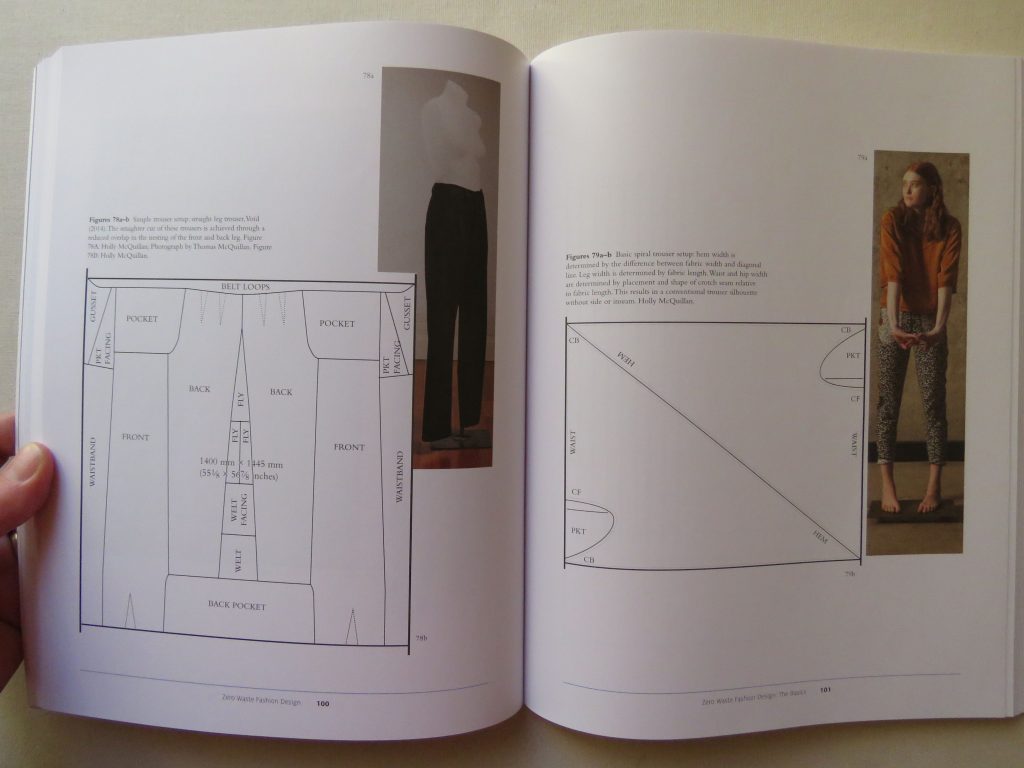
Sue Stoney has tried the trouser cutting layout on the left, after a workshop with Holly McQuillan.
The authors acknowledge that many of the examples in the book require a level of prior skills and knowledge, as some chapters reference the professional roles of designer and patternmaker. However, anyone of any skill level can experiment with zero waste – just start at a level that’s comfortable to you, and know that your approach is valid. The authors also encourage collaboration, as it’s easier to learn together.
The (new, expanded) section on digital tools discusses how these might transform zero waste practice, from AI, to whole garment weaving, and 2D and 3D software.

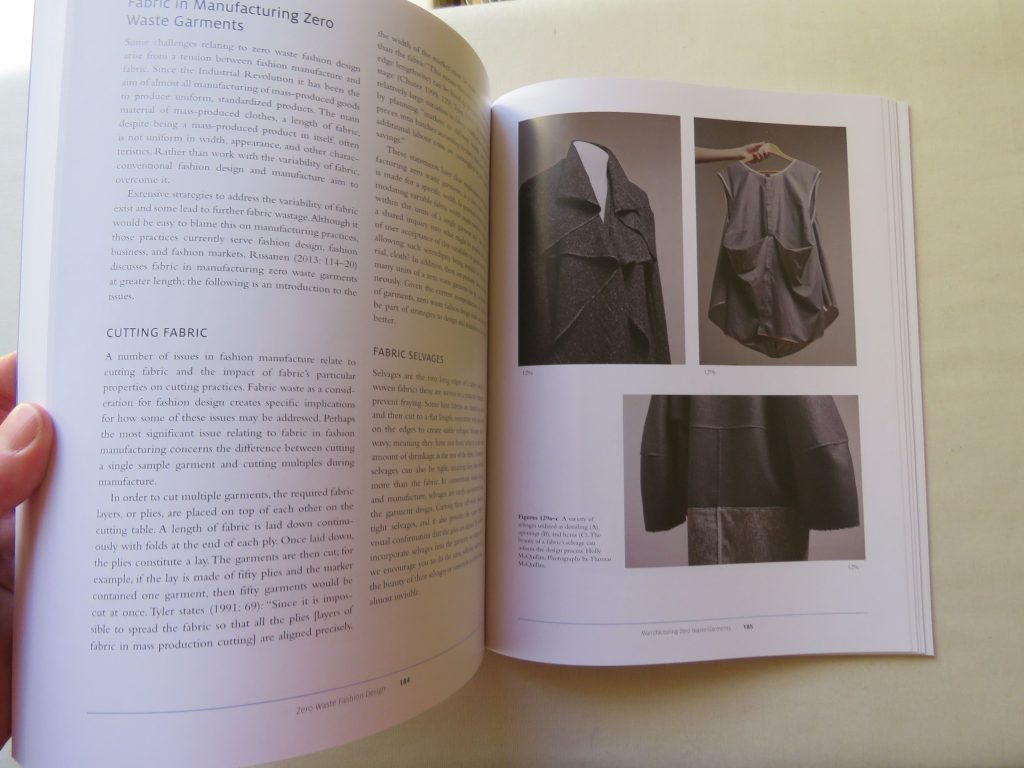
So…if you already own the first edition, should you buy the second one? That is really hard to answer! I’d say you’ll probably be fine, as there’s much more written about zero waste patterncutting now than in 2016. Zero Waste Design Collective has a collection of blog posts and resources, and there’s a page of resources on this website.
In the interests of full disclosure, these are entirely independent recommendations and all books were purchased by me.
I love the book I Can Make Dolls’ Clothes! It’s at my local library and I wish I’d had it when I was little. I get it out on occasion just for fun;I love your assessment of the unbranded fashion dolls.
It’s such a delightful book, isn’t it?! I’m a bit sorry my girls have outgrown it.